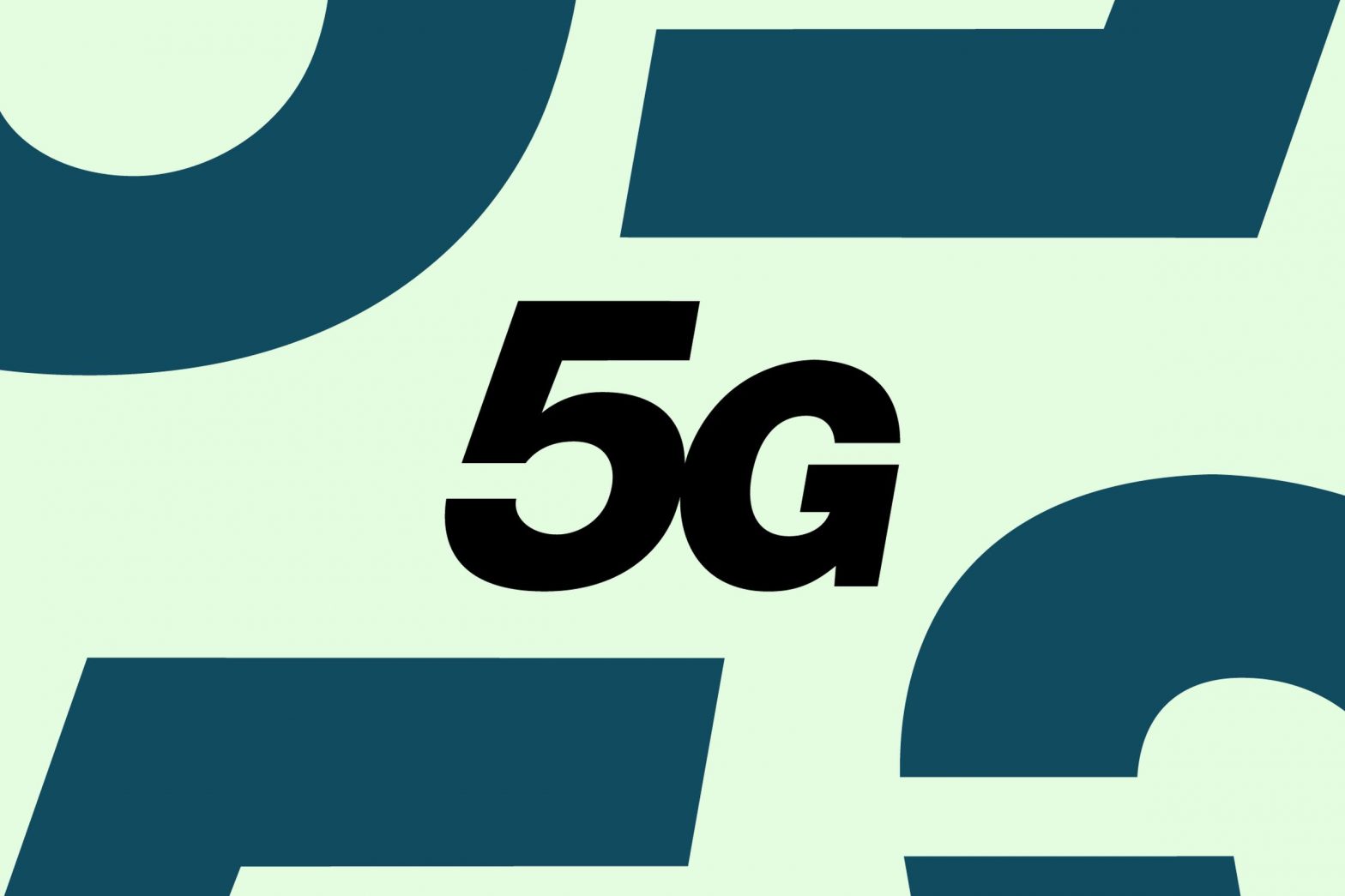/
After years of hype, 5G was seemingly a no-show at CES 2023. But it’s not exactly gone.
:format(webp)/cdn.vox-cdn.com/uploads/chorus_asset/file/24341282/STK142_5G.jpg)
When it wasn’t being overshadowed by covid resurgences, CES, for the past few years, has partially functioned as a big 5G pep rally. But as cars, smart home standards, and so many screens took center stage at this year’s show, 5G took a back seat.
Verizon CEO Hans Vestberg gave a very similar keynote speech in 2019 and 2021, showing off all of the things 5G would supposedly enable: remote surgery, self-driving cars, augmented reality, and so on. T-Mobile CEO Mike Sievert was slated to deliver the 2022 keynote before omicron put a stop to that. But in 2023, 5G was hardly a footnote on the speaker roster.
Why? It’s not as if all of the things we were promised with 5G have come to pass. I don’t remember getting into a fully autonomous vehicle to get to my robot-performed surgery. At best, what we have now is a slightly faster version of 4G. So why did the pep rally stop?
For starters, we’re all sick of hearing about it. And CES has a unique way of rallying around a technology one year and then leaving it for dead the next. (How’s your 3D home theater working out? Exactly.) And there was always a time limit on 5G’s newsworthiness — at a certain point, when it becomes the prevailing wireless technology, it’s not going to be “5G the new thing;” it’ll just be “the internet you use when you’re not on Wi-Fi.”
More than any of the above, the time has passed where wireless CEOs feel they need to sell 5G to the general public (and, of course, their shareholders). It’s not a niche new service anymore; it’s the default option (in the US at least). Basically every new phone sold on their shelves is 5G compatible, and mid-band 5G finally exists on all major carriers in large parts of the US. The next time you walk into a wireless store to buy a new phone or sign up for a new service, you’ll have a very hard time leaving without a 5G device and plan, regardless of whether you really wanted them.
So now we have 5G phones in our hands, 5G networks are here, and… not much has changed. Maybe web pages load a little faster — hardly robot surgery. What gives? The thing is, rolling out 5G is a long ongoing process. The hype made it seem like all the good stuff was just around the corner, but truthfully, it was (and still is) years and years away.
We’re only now entering the phase of 5G development where the industry moves beyond mobile broadband improvements (all that talk of blazing-fast wireless data you’ve been hearing about ad nauseam) and focuses more on laying the groundwork for things like self-driving cars, augmented reality, and expanding IoT in smart cities and industry. You know, all the stuff we were promised 5G would do. According to a couple of network executives that I talked to at the end of 2022, moving network functions closer to the end user will play a big role in unlocking these new capabilities.
Igal Elbaz, AT&T’s SVP of network services, says that “there’s a logical sequence of events when a new wireless network comes. You need to build the network. You need to have enough people with a 5G device. And the nuance in 5G is that if you really want to take advantage of all of the capabilities, there’s also the notion of edge.” He says that with the lower latency that 5G offers and edge computing — a shorter distance between connected devices and the cloud — much more is possible for immersive experiences. This next phase of 5G is about setting that stage.
But even once the network capabilities are there, it takes time to build out an ecosystem that takes advantage of them. Verizon’s Srini Kalapala, SVP of technology and product development, describes the challenge: “In the world of automotive there’s a lot of talk about 5G being able to allow cars to communicate with each other, allow cars and pedestrians to cohabitate in a given environment. But it’s an ecosystem; just having one car and one customer on the road doesn’t work. You’ve got to get everybody [on board].”
So yes, you may have a 5G icon on your phone, but the most transformative aspects of 5G are supposedly still in the works. That’s a tough message to sell in a flashy keynote, especially when everyone in the room has access to the technology you’re talking about.
That’s probably why we didn’t get another big 5G sales pitch at CES 2023, but the tech wasn’t totally out of the picture. Honda and Sony unveiled a prototype autonomous vehicle loaded with sensors that will need 5G to communicate. And TCL is working on VR and AR headsets with Qualcomm’s XR2 5G chip, just to be ready for either of those technologies to go mainstream. 5G was still kicking — it just took a back seat this time. That’s great because I, for one, am tired of the sales pitch.
But if you’re nostalgic for the wireless tech pep rallies, don’t worry. You’ll be hearing about 6G soon enough.
